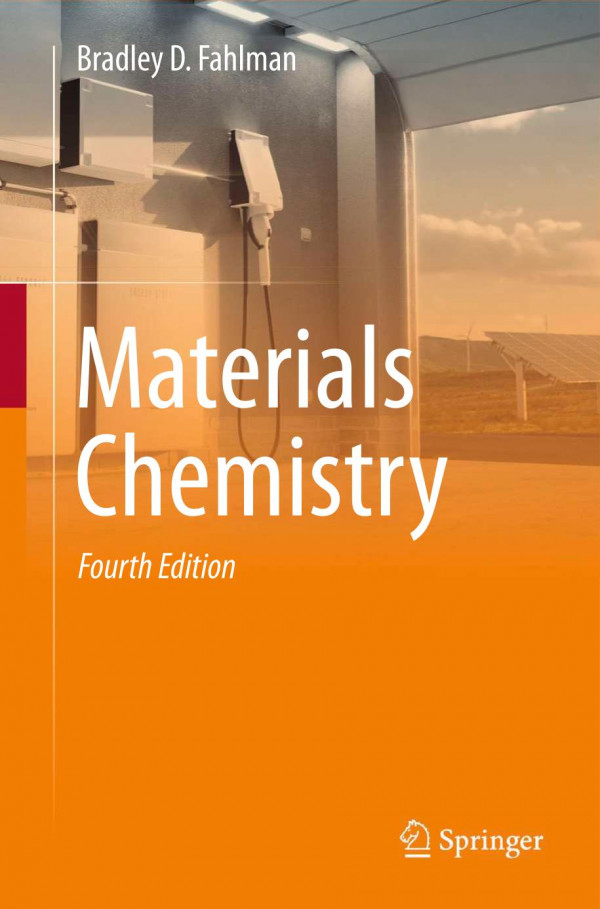

Most ebook files are in PDF format, so you can easily read them using various software such as Foxit Reader or directly on the Google Chrome browser.
Some ebook files are released by publishers in other formats such as .awz, .mobi, .epub, .fb2, etc. You may need to install specific software to read these formats on mobile/PC, such as Calibre.
Please read the tutorial at this link: https://ebookbell.com/faq
We offer FREE conversion to the popular formats you request; however, this may take some time. Therefore, right after payment, please email us, and we will try to provide the service as quickly as possible.
For some exceptional file formats or broken links (if any), please refrain from opening any disputes. Instead, email us first, and we will try to assist within a maximum of 6 hours.
EbookBell Team

4.3
88 reviewsThis award-winning textbook delivers an earnest and comprehensive treatment of the rapidly evolving field of Materials Chemistry. It addresses inorganic-, organic-, and nano-based materials from a structure vs. property treatment, providing a suitable breadth and depth coverage of the field―in a concise and accessible format.
The updated 4th edition features significant updates to glasses and ceramics, solid-state impurities, nanomaterial toxicity, as well as materials used in energy storage, photovoltaic, and electronics applications. Advanced fabrication techniques such as additive manufacturing (3-D printing) and dynamic light scattering (DLS) characterization of suspended nanoparticles are now also included. This new edition also expands the coverage of sustainability and life cycle analysis, of increasing importance for a world plagued with the effects of climate change.
Recognized by a 2008 Textbook Excellence Award from the Text and Academic Authors Association (TAA), Fahlman’s Materials Chemistry is ideal for upper-level undergraduate students, as well as first-year graduate students in chemistry, physics, or engineering fields, and may also serve as a valuable reference to industrial researchers. Each chapter concludes with a section that describes important materials applications and an updated list of thought-provoking questions.